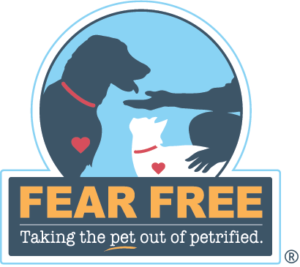Purpose: The purpose of the preference assessment protocol is to identify the preference food rankings for companion dogs. Higher preference items tend to function as more effective reinforcers; however, lower preference items may still function as reinforcers.
Supplies Needed
- Several samples of all the treat types being used
- A dry or wet cloth so that you can wipe any food/saliva from your hands
- Your randomization sheet for the current session (feel free to download the automated randomization sheet I generated): https://drive.google.com/file/d/1j6jEA7yC4r-L-eJjZpWauFe49TJRgOT-/view?usp=sharing)
Pre-Protocol Prep
- Choose five treats of interest. One should be a “lower value” item for training purposes, but still something your dog will eat.
- Before starting Session 1, put one treat type in one hand and feed it to your dog, then put the same treat type in the other hand and feed it to your dog. Do this once with all treat types so that the dog is used to you giving each type of treat from either hand.
Example: Left hand gives cheese, then right hand gives cheese. Then left hand gives kibble, then right hand gives kibble.
Session Steps
- At the start of each trial, look at the randomization sheet to see which treat should be in your left and right hand. Hold each treat in the front of your hand between your fingers so that the dog can sniff/lick the treat but not grab it.
- Once the treats are in your hands, lower one hand and allow the dog to sniff/lick for at least 1 second (do not go too quickly!), then raise that hand. Then lower your other hand and do the same. Do this twice each trial so that the dog can sniff/lick each treat twice. Then lower and open both hands at the same time so that the dog can choose one item. Once they have picked up or eaten one item, lift up and close your other hand and put the other food away. If no item is chosen after 10 seconds, put both food items back and move on to the next trial. Note: Start each trial with the same hand.
- Go into your randomization sheet and highlight which treat your dog chose (see green example below).

- Start your next trial (go back to Step 1).
- At the end of each session, type in the number of times each treat was selected into your randomization sheet under Count.
Example video of how to perform each trial: https://drive.google.com/file/d/1yW8QpqukzQvfBqVAqk0X-n0Yu9iEzji7/view?usp=sharing
Tips
- Try not to help your dog choose the treat. For example, keep your eyes straight ahead (don’t look at one treat or the other), both hands at the same level, and avoid praise when they do choose a treat.
- If your hands get smelly, have food on them, or have too much saliva on them, use your towel to wipe down your hands.
- Try to start with clean, scent-free hands (avoid scented soaps or lotions right before the study).
- It is ideal to perform the protocol when your dog is at least a little hungry (e.g., not right after dinner when they are full). Also, I find that doing 1-2 sessions in a row is plenty of treats.
Troubleshooting
If your dog seems to be choosing randomly or always choosing the same hand:
- Make sure you are presenting each item slowly enough (at least 1 second, if not slightly more). It is common to do this too quickly, which does not give the dog enough time to analyze each item
- Assess whether your items are actually discriminable. For example, chicken jerky and turkey jerky are likely too similar.
- If the above two items are ok, then your dog may need a few additional training sessions where they choose between what you think will be a very high preference item and a very low preference item. For example, kale versus cheese. These sessions would look something like:
| Left Hand | Right Hand | |
| 1 | Kale | Cheese |
| 2 | Kale | Cheese |
| 3 | Cheese | Kale |
| 4 | Cheese | Kale |
| 5 | Kale | Cheese |
| 6 | Cheese | Kale |
| 7 | Kale | Cheese |
| 8 | Cheese | Kale |
You would perform these sessions until the dog is making very consistent choices, then go back to the regular Training Sessions.
Funding: We would like to thank our funder, Fear Free, for their support of this research project.
Authors: Study authors included Mindy Waite, PhD, CAAB, CPDT-KA (waitem@uwm.edu) and Tiffany Kodak, PhD, BCBA-D
